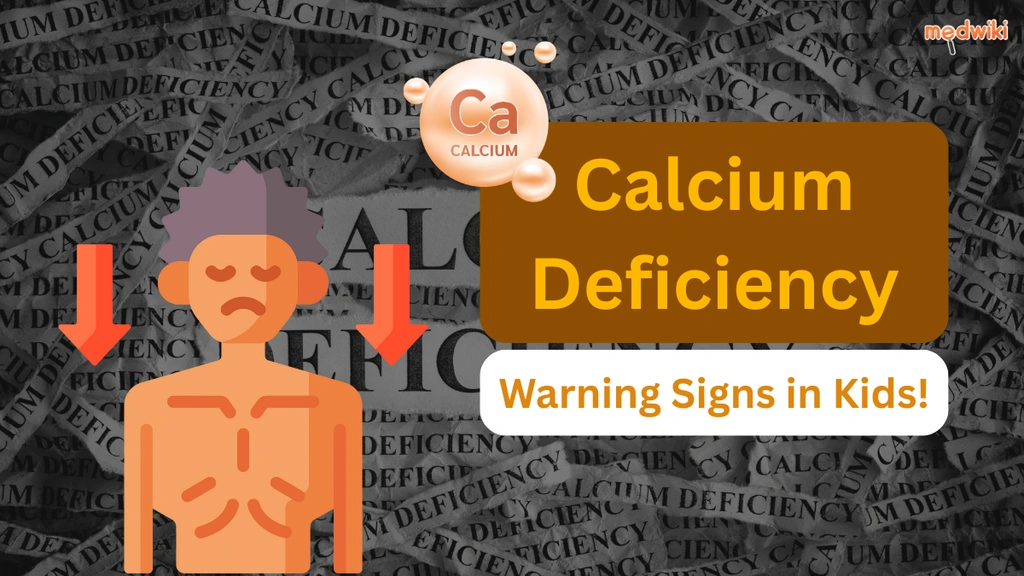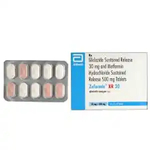Glycinorm-M 30 OD Tablet ER 10s
It is recommended to take GlycinormM 30 OD Tablet ER with food Be sure to take it consistently at the same time each day to maximize its effectiveness Your doctor will determine the appropriate dosage for you which may be adjusted based on your blood sugar levels Continue taking this medication even if you feel well or your blood sugar levels are under control Ceasing the medication without consulting your doctor could lead to an increase in blood sugar levels putting you at risk of kidney damage blindness nerve problems and limb loss Remember that GlycinormM 30 OD Tablet ER is just one component of a comprehensive treatment plan that should also include a balanced diet regular exercise and weight management as advised by your doctor Lifestyle factors play a significant role in diabetes management The most common side effect of GlycinormM 30 OD Tablet ER is low blood glucose levels also known as hypoglycemia Familiarize yourself with the symptoms of low blood sugar such as sweating dizziness headache and shaking and know how to address it To prevent hypoglycemia it is important to have regular meals and always carry a fastacting source of glucose such as sugary food or fruit juice Consumption of alcohol can also increase the risk of low blood sugar levels and should be avoided Other potential side effects may include changes in taste nausea diarrhea stomach pain headache and upper respiratory tract infection Some individuals may experience weight gain while taking this medication GlycinormM 30 OD Tablet ER should not be taken if you have type 1 diabetes mellitus diabetic ketoacidosis high levels of acid in the blood or severe kidney or liver disease Inform your doctor if you have a history of heart disease before taking this medication as it may not be suitable for you Pregnant or breastfeeding women should consult their doctor before using GlycinormM 30 OD Tablet ER Regular
Similar Medicines
Related Posts

1:15
5 Healthier Sugar Alternatives!

1:15
Pregnancy and Diabetes: What to Eat? | Foods to Eat for Gestational Diabetes!

1:15
How Can You Naturally Boost Your Child’s Immunity and Keep Them Healthy?

1:15
What Are the Best Foods to Keep Your Kid’s Brain Healthy?

1:15
How Does Vitamin D3 Deficiency Affect Your Body? Shocking Symptoms Revealed!

1:15
Why Is Calcium Important for Kids? Common Deficiency Symptoms You Shouldn’t Ignore!

1:15
How to Increase Your Child’s Weight Naturally? Healthy Diet Tips for Parents!
Disclaimer : This information is not a substitute for medical advice. Consult your healthcare provider before making any changes to your treatment . Do not ignore or delay professional medical advice based on anything you have seen or read on Medwiki.
Glycinorm-M 30 OD Tablet ER 10s
Prescription Required
Packaging :
strip of 10 tablet er
Manufacturer :
Ipca Laboratories LtdComposition :
Gliclazide (30mg) + Metformin (500mg)














.svg)
